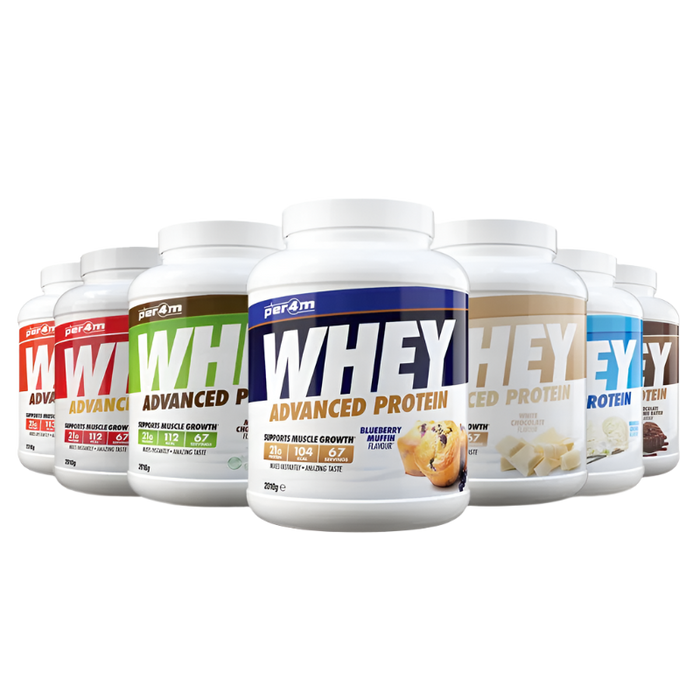If you’ve been anywhere near a gym, fitness YouTube, or even just the internet in the last decade, you’ve probably heard one piece of advice more than any other: “Take creatine!” But… why? What exactly does creatine do for your muscles, your workouts, and your recovery? Is it just hype, or is there real science behind the scoop?
Let’s break it down, step by step—no PhD in biochemistry required!
What Is Creatine, Anyway?
Creatine is a naturally occurring compound found in your muscles (and a little in your brain too, because even your mind likes to lift). Your body actually makes some creatine on its own, and you get a bit more from foods like red meat and fish. But—here’s the kicker—the amount you naturally get just isn’t enough to maximise your muscle power and athletic performance.
That’s why creatine supplementation is so popular: it “tops up the tank” so you get the full benefits.
Step 1: Meet ATP—Your Body’s Tiny Energy Currency
Everything your muscles do—lifting, running, flexing in the mirror—runs on a molecule called ATP (Adenosine Triphosphate). ATP is basically the body’s energy coin. Every cell in your body uses ATP to power itself. But, and it’s a big but, your muscles only store enough ATP to fuel about 8–10 seconds of explosive activity.
So, what happens when you push for that extra rep, or sprint to the finish? Enter…
Step 2: Burning ATP—The Source of “Workout Power”
As soon as you start exercising (think: lifting, HIIT, sprints), your muscles begin burning through their limited supply of ATP. This is why you can go all-out for just a few seconds—after that, your ATP starts to drop, and your performance dips.
During this process, ATP loses a phosphate group and becomes ADP (Adenosine Diphosphate)—which, on its own, isn’t much use for generating power.
Step 3: The Role of ADP—And the Need for Recovery
Here’s where the magic (or science, depending on your preference) happens. After ATP is used, what’s left behind is ADP. Your muscles want to recycle that ADP back into ATP ASAP, otherwise you’ll fatigue, slow down, and need a nap (or a strong coffee).
But recycling ADP into ATP requires…you guessed it…a phosphate group. And that’s where creatine steps up.
Step 4: Enter Creatine—Your Body’s Recovery Booster
Creatine’s real superpower is in its “backup” phosphate supply. When you supplement with creatine, you increase the stores of phosphocreatine in your muscles. Phosphocreatine is a quick-donating phosphate source, which means it can rapidly help your body convert ADP back into ATP.
So, when you’re pushing for that last rep or explosive sprint, your body isn’t running on empty. Instead, creatine swoops in like a power-up in Mario Kart, keeping your muscles fuelled and your performance high.
Bottom Line:
-
More creatine = more phosphocreatine
-
More phosphocreatine = faster ATP regeneration
-
Faster ATP = more power, strength, and endurance in your workouts
Creatine: Not Just for Bodybuilders!
Here’s what a lot of people get wrong: creatine isn’t just for “gym bros” chasing bigger biceps. Research shows benefits for:
-
Strength & Power Athletes: Heavier lifts, more reps, faster recovery.
-
Endurance Athletes: Improved sprint performance and recovery between intervals.
-
Older Adults: Supports muscle health, brain function, and even bone density.
-
Vegans & Vegetarians: Plant-based diets have less dietary creatine, so supplements can make an even bigger difference.
Is Creatine Safe? (Spoiler: It’s One of the Most-Studied Supplements EVER)
Hundreds of studies. Decades of research. Creatine is widely regarded as one of the safest and most effective supplements on the market. The only real “side effect” is a bit of water retention in the muscles, which—let’s be honest—just makes you look more pumped anyway.
Pro tip: Drink plenty of water, and take 3–5g of creatine monohydrate daily for best results.
Quick Recap: Why Take Creatine?
-
It helps your muscles make more energy (ATP) during high-intensity exercise
-
It boosts power, strength, and recovery
-
It’s safe, effective, and affordable
-
It works for almost everyone (unless you’re a unicorn or don’t like results)
Ready to Try Creatine? Here’s What to Look For
-
Go for creatine monohydrate—it’s the gold standard. Other forms exist, but none are more proven.
-
Consistency beats “loading”—just take it daily.
-
Pair it with water or your favourite shake (flavourless options available for the fussy).
Final Thoughts: Is Creatine Worth It?
Short answer: Yes.
Long answer: Unless you hate making progress in the gym, creatine is pretty much a no-brainer. You don’t need to be a pro athlete to benefit. Whether you’re looking for muscle gains, faster recovery, or just a little extra edge, creatine’s got your back.
Got questions? Or ready to grab your own tub?
Check out MySupplementShop’s Creatine Range here!






Laisser un commentaire